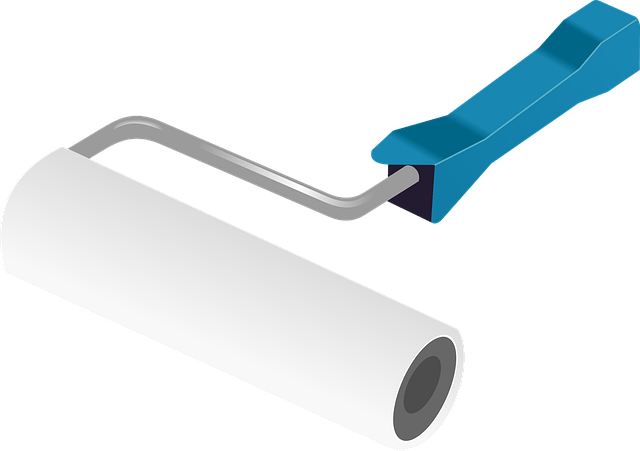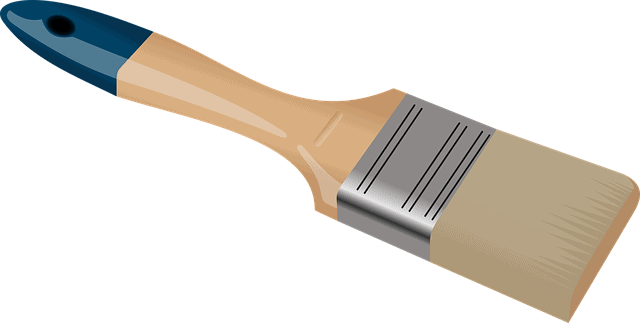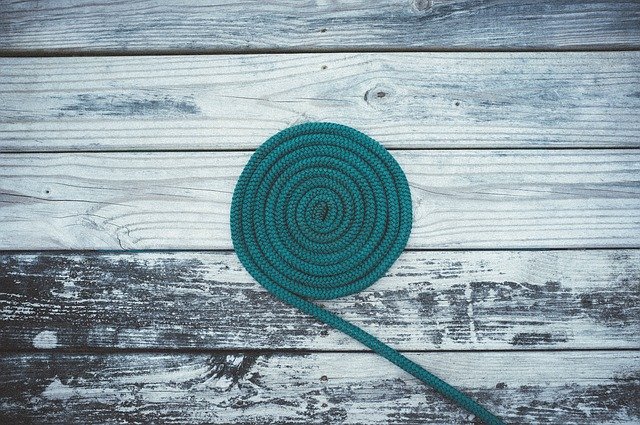How to Paint Kitchen Cabinets without Sanding
Painting cabinets is a common activity carried out during paint restoration or new coat application in homes of commercial places. Whether it’s a kitchen cabinet or a wardrobe, sanding affects the finish outlook upon paint application, especially the case of the laminate wood. 
Could you be facing similar challenges and wonder how to paint your cabinet afresh or restore old paint? On how to paint kitchen cabinets without sanding, select the right material and tools, detach cabinet drawers and doors, clean the entire cabinet, select the right paint, and prepare it accordingly.
Further, carry out actual painting step by step, attain a classic final finish before fixing back the cabinet drawers and doors. Put on proper protection gear during paint application to boost your safety and avoid any hazards. See Also: stain for your swing set.
Details: How to Paint Kitchen Cabinets without Sanding
a. Material and Tools Needed
- Screwdriver/Drill and a scrubbing sponge
- Degreaser and warm water
- Cabinet paint and primer
- A paintbrush, a roller, or a paint sprayer
- A piece of clean cloth and deglosser
- Fine bristle brush and bucket
- Soapy detergent and power source
- Protective gear – respirator, facemask, overall, gloves, glasses, and boots
b. Removing cabinet drawers and doors
Follow the given steps when detaching doors and drawers:
- Wear protective gear – respirator, facemask, overall, gloves, and boots
- Remove all the items in the drawers and place them away from the kitchen
- Gently, pull out the drawers from the cabinets and place them in an open place for individual paint application
- Carefully, unscrew the hinges using the screwdriver/drill to remove the door and place them in an open place
- Remove latched partitions in the cabinet, in case of any
c. Cleaning the cabinet
- Precisely, apply the degreaser on the cabinet surface and scrub gently using a sponge. Avoid scrubbing a given area for a very long period as it may deface the primary material color
- Remove labels that may be fixed on the cabinet material using a heat gun or stain remover
- Soak the piece of cloth in warm water, clean the cabinets’ shelves, doors, and frames gently, and allow them to dry completely.
- Pour deglosser on a piece of cloth, rub on the shelves, drawer, and either side of the cabinet doors. Ensure the kitchen is well ventilated since the deglosser may irritate your respiratory system when inhaled
- Leave the deglosser to dry for about 3o minutes. Do not touch the surface until it’s dry to touch
See Also: Staining your Pressure Treated Wood
d. Primer Paint Selection
Cabinet paint should be selected according to the type of material under paint application. metallic cabinets are best painted with acrylic paint, while wooden cabinets are best painted with latex-acrylic paint.
The laminate wood cabinet should be painted with enamel paint for best service life performance. Avoid painted kitchen cabinets with highly concentrated oil-based paint – the oil ratio in the paint should be as low as possible to prevent fire outbreaks.
Pure latex paint should be avoided on the cabinet since it’s easily removed or gets washed out by fluid or water spillage within the cabinet drawers or shelves.
The primer selected should be matched with the type of finish paint chosen i.e., oil-based paint should be used on the oil-based primer.
e. Primer and Paint Preparation
Paint or primer preparation should strictly be followed using the manufacturer’s instructions given on the labels. In the case of the optional thinning method, a drop test experiment should be carried out to ascertain the paint performance on the cabinet’s primary material.
Moreover, paint or primer preparation should be done in relation to the painting method to be used. Paint to be applied using a paint sprayer is lightly thinner than that which should be applied using a roller. Further, the paint geared for paintbrush application is thicker.
NB: Well-prepared primer or paint should hold onto a paintbrush or a roller without any much dripping upon lifting – it should cause minimal surface drains.
f. Actual painting
- Begin by priming the cabinet shelves and doors to set a firm base for better paint stickiness during the application process. A primer is necessary for boosting paint strength, reducing the number of coats applied, and eliminating the chances of frequent peeling when exposed to a harsh environment.
- Leave the primer to dry for about one hour before applying the second coat where necessary
- Deep the paintbrush/roller and paint the cabinet shelves, and frames sufficiently. Don’t overload the paintbrush to reduce drains and run formation when painting
- Coat the drawers and doors with a single paint layer and leave them to dry naturally. A roller is best used for flat section, while a paintbrush would work sufficiently when cutting cabinet corners and sharp edges
- Apply a second paint coat, where necessary after 1 to 2 hours (according to manufacturer’s instruction) and leave the cabinet shelves, doors, and frames to dry
See Also: Sealer for Pressure Treated Deck Wood
g. Final Finish
The surface finish should not have ant runs/drains whatsoever – runs should be eliminated before the paint begins to dry as they are cumbersome to correct when dried and form an unpleasant surface finish upon restoration.
You can sprinkle cold water over the painted cabinet (if the area is dusty) to prevent dust and dirt particles from settling before the paint has dried. A well-painted kitchen cabinet should have a smooth finish without any streak or drain.
To achieve a high-quality finish when painting your kitchen cabinet, consider using a paint sprayer.
h. Fixing cabinet door and Drawers
After 24 hours, the cabinet doors, shelves, and frames will have dried sufficiently. Return the drawers into their previous positions (ensure they are well latched in place). Using a screwdriver/drill, Fix the cabinet door hinges and fasten the doors into place.
You can reinforce the screw to improve the holding strength – don’t change the hinges from previous positions.
NB: You can blow air fresher within the kitchen in case the paint smell still exists. Avoid interchanging cabinet hinges with a new model as this may affect the swing or door orientation.
Maintenance Tits for Painted Kitchen Cabinets
To enjoy longer paint service life for your kitchen cabinet, proper maintenance tips highlighted below should be considered:
- Kitchen cabinets should not be exposed to high heat conditions – the paint coat weakens and tends to deface or peel with time.
- The oil-based paint coating is sensitive to smoke particles (attracts smoke). You should consider placing your gas cooker or fire point slightly far away from the cabinets as much as possible.
- Clean kitchen cabinets often (weekly) with degreaser/clean warm water to remove dust and surface stain that may cause loss of aesthetic beauty and aging.
- Drawers and sliding shelves should be removed often and cleaned separately during general cleaning – often, dust and debris settle and accumulate within shelves gap if not attended to.
- Avoid sticking adhesive labels/stickers on the cabinet surface – they stain the surface and affect the paint durability. Alternatively, you can use sliding labels or clips where necessary.
- Repaint your cabinet regularly to protect primary material from aging or getting damaged. With time, you’ll find peeling or scuffing action occurring on the surface.
- Avoid storing substances that may wet or spill on the cabinets- they lead to chipping or coat destruction/weakening of the paint layer.
Precautions and Safety Measures to Consider When Painting Kitchen cabinet
Safety is paramount for health hazard prevention when carrying out cabinet paint application. Follow precautions and safety rules highlighted below strictly:
- Always put on protection gear (respirator, facemask, overall, gloves, and boots) during paint application.
- Follow manufacturer’s instruction during paint or primer preparation to avoid wrong paint concentration.
- Never smell oil-based paints or thinners directly as they contain chemical compounds that may irritate the nasal cavity when inhaled.
- Avoid touching degreaser or deglosser with your naked hand when cleaning the cabinet surfaces as they may cause skin irritation upon contact.
- All paint remain should be stored in a safe place away from pets and children to avoid intoxication.
- Always check the expiry date of the paint or primer before you begin preparation. Expired paint or primer should be disposed of or returned to the seller immediately.
- When painting your cabinets, cover the floor with a polyethylene bag to avoid staining.
- In case you get into contact with deglosser, degreaser, primer, or paint, wash the area with plenty of water and soap.
- Keep the fireplace or gas cooker as far as possible from the cabinets to protect them from smoke stains.
Always carry out a drop test experiment over the cabinet surface material after paint preparation to ascertain stickiness action before actual painting is undertaken. See Also: Deck Stain for Pressure Treated Wood.
Conclusion
Learning how to paint cabinets without sanding, as highlighted in this article, not only boosted your painting skills but also opened your eyes to various DIY projects paint works. Sanding should be avoided when painting laminate wood or polished metal as it destroys the primary surface material and hence the overall aesthetic impression is affected.
You’ll need to select the right material and tools, detach cabinet drawers and doors, clean the entire cabinet, select the right paint, and prepare it accordingly. Further, carry out actual painting step by step, attain a classic final finish before fixing back the cabinet drawers and doors. Remembers, wear appropriate protective gear for safety purposes when carrying out paint application.




